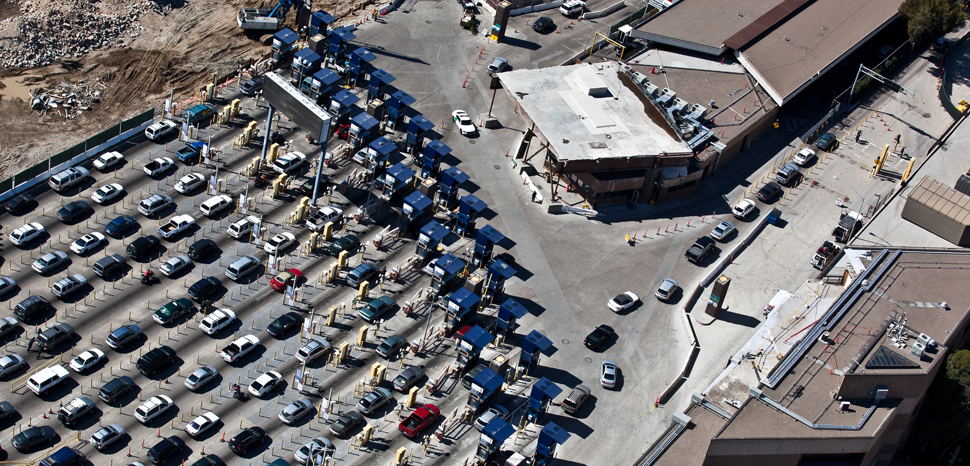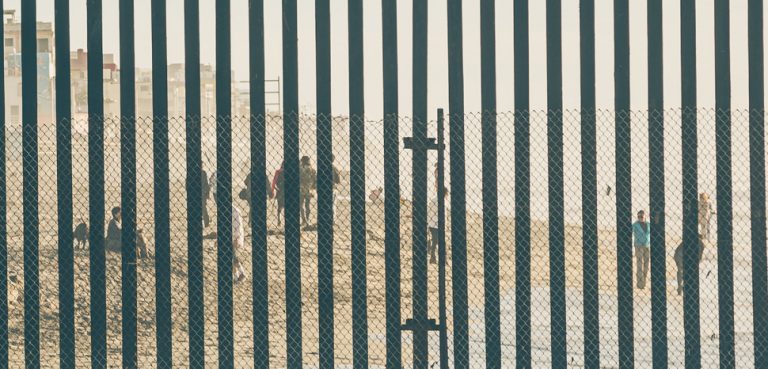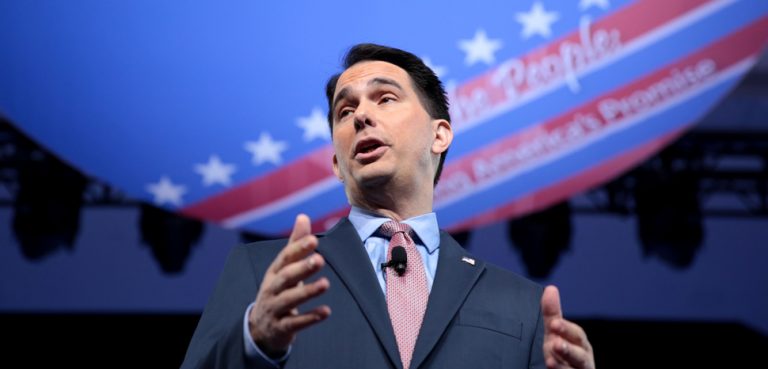For much of modern history, Mexico defined itself in opposition to the United States. In recent years, the two countries stepped up cooperation on almost all relevant issues, and the two nations are now deeply intertwined politically, economically, and culturally. This is bound to change. After months of ignoring Donald Trump’s provocations, López Obrador reacted rapidly to Trump’s shakedown and agreed to a number of resolutions of extraordinary scope and urgency: the new Mexican administration agreed to deploy the country’s federal police to its southern border to crack down on immigration; and opened the door to the controversial “Remain in Mexico” policy that would turn Mexico into a Third Safe Country in less than a month from now.
As stated in the agreement, Mexico would take in all the refugees that the U.S. decides to send back to Mexico to await resolution of their asylum process. This could take years, given the substantial immigration backlog in American courts. The agreement goes further: Mexico is responsible for the provision of education, health care, and employment for such refugees. This could easily lead to a serious humanitarian crisis that Mexican institutions will be unable to deal with.
This approach contradicts previous Mexican presidential vows for regional development and humanitarian relief rather than confrontation and enforcement. Conditions on the ground in Mexico are far harsher than the Mexican Foreign Affairs Minister, Marcelo Ebrard and the President, Andrés Manuel López Obrador, would like to admit, and this is partly due to the current administration’s miscalculations: López Obrador has dramatically cut the budget for governmental agencies responsible for managing refugees and processing removals. Mexican border towns are also ill-equipped for handling transient migrant populations; and Mexico also faces other more systematic challenges, such as corruption and lack of rule of law enforcement. The new policy agreed with the American government is likely to result in a significant increase in claims filed for asylum in Mexico. Mexico’s immigration bureaucracies are utterly overwhelmed, and López Obrador’s misguided budget cuts have exacerbated their failings.
Mexico’s immigration policy is now bound by an immoral and unacceptable deal that will effectively turn Mexico into Trump’s border wall. The global system for the protection of refugees is based on the notion of shared responsibility among countries. It is very dangerous for the U.S. to use Mexico as a pawn to set an example and ignore its international responsibility. This agreement also violates international law on refugees: Mexico is a life-threatening country for undocumented migrants. Human trafficking, recruitment for organized criminal organizations, abduction, extortion, sexual violence, and disappearances are some of the issues migrants face in Mexico. Finally, Mexico’s National Guard, the agency that will be in charge of monitoring the southern border, was created by López Obrador to tackle domestic crime. Its members have no training nor knowledge on immigration matters. It is an untested new military force that could end up creating more problems than the ones it is trying to solve. Deploying agents to the border could also have a high political cost for the president.
The agreement with Trump gives López Obrador 45 days to show progress. If Mexico fails, Mexico will be forced to set in motion some version of Safe Third Country agreement, or face further tariff bullying from the U.S. This deal has been sold by the new Mexican administration as a victory over the U.S. More migrants, less money, extreme violence and a recalcitrant, unpredictable northern neighbor are the ingredients for a potential impending refugee crisis, not a diplomatic victory.
Could Mexico have taken a different approach? Yes. Trump’s decision to impose tariffs would exacerbate the underlying causes of immigration in the region and do nothing to address it. His bullying to force Mexico to crack down on immigration was a cheap electoral ploy to mobilize his base with a view to winning the 2020 elections. This is nothing new. Trump is not seeking a solution; he is seeking a political gain. He built his first presidential campaign on an anti-Mexico and an anti-immigrant rhetoric. It worked in 2016, and he is planning to repeat the same formula.
The Mexican administration’s lack of knowledge on diplomatic matters, and its inability to play politics let a golden opportunity go. Using trade to bludgeon Mexico into compliance with an immigration crackdown makes no sense: Mexico is not responsible for the increase in migratory flows. Central America’s poverty and violence trace back to American policies in the 1980s. Mexico is not responsible either for America’s famously dysfunctional immigration system. Trump’s economic threats against Mexico may not even have been legal: both the North American Free Trade Agreement (NAFTA), and the newly agreed US-Mexico-Canada Agreement (USMCA) require most trade between members to be tariff free.
Mexico could also have hit back with by levying tariffs that would have hurt swing-state voters, and in turn hurt Trump. This was the golden opportunity Mexico let slip from its hands. Mexico could have responded by hitting Trump where it hurts: tariffs on American goods heading south. Mexico responded in a similar manner in June last year in response to the steel and aluminium tariffs. Mexico could have raised those tariffs each month in tandem with American levels.
This retaliation would have highlighted the gap between Trump’s anti-Mexican rhetoric and the underlying interdependence of the U.S. and Mexico, with stark consequences for the U.S. presidential elections of 2020. Many of the biggest exporters to Mexico such as Arizona. Florida. California, Michigan, and Illinois are swing states. New tariffs could have thrown Texas into recession and put its 38 electoral votes into play. It is all too late now, Mexico could have inadvertently helped Trump to get re-elected. Mexico has less than a month left to show some backbone and demand real American cooperation on the region’s shared challenges and rejecting Trump’s threats once and for all. The relationship between Mexico and the U.S. could have been an example of cooperation under difficult conditions, but that would have required different American and Mexican presidents.
The views expressed in this article are those of the author alone and do not necessarily reflect Geopoliticalmonitor.com or any institutions with which the author is associated.




